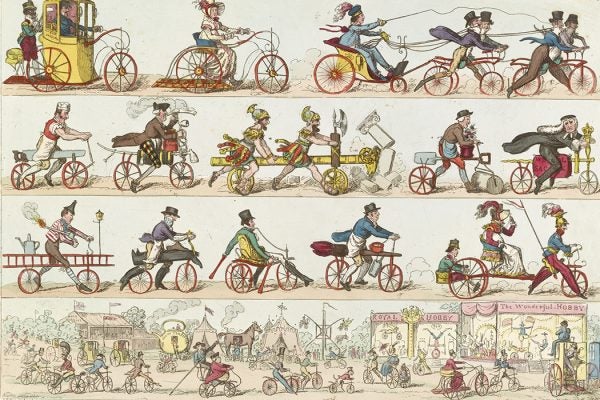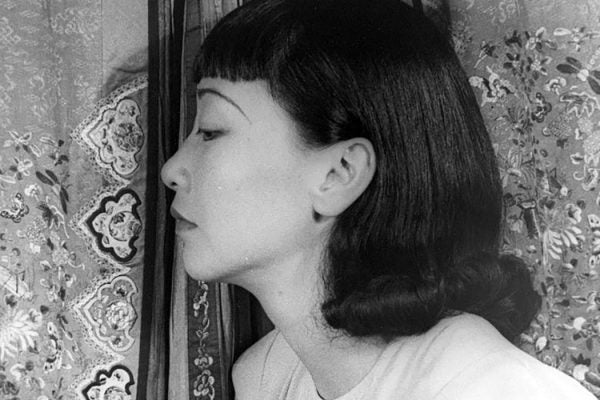Ronald Reagan’s Guiding Light
Having inherited his mother’s beliefs, Reagan was ever faithful to the Disciples of Christ, whose tenets were often at odds with those of the GOP.
Celebrating the Bicycle
JSTOR Daily editors pick their favorite stories for National Bike Month.
Celebrating Asian American and Pacific Islander Heritage Month
Our best stories about the vast histories and cultures of Americans with ancestry in Asia and the Pacific.
Transatlantic Studies: A Reading List
Using the Atlantic Ocean as a guiding metaphor, transatlanticism emphasizes the fluid nature of contrived national boundaries and identities.
The Gendered Labor of Noticing and Anticipating
Through interviews with couples, sociologist Allison Daminger refines our understanding of cognitive labor in the household.
Margaret Geoga on the Ambiguities of Ancient Texts
An interview with Margaret Geoga, an Egyptologist who examines “wisdom instructions” to see how their interpretation differs between readers and over time.
Tips from a Librarian on Using JSTOR for Research
Follow these first steps toward success with your new research project.
Being Trans in India
Trans women are organizing to fight discrimination and oppression. Trans men face different problems because they’re often not recognized at all.
The Legends of Charles G. Leland’s Aradia
Leland’s interest in magic and folklore led him to northern Italy in search of remnants of “the old religion” of witchcraft.









